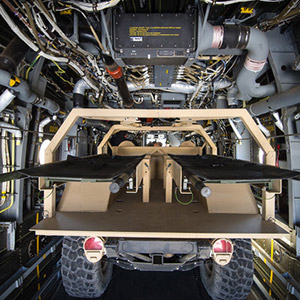R&D Tax Credit News

Impact of Section 174 Requirements
February 7, 2023
Under the 2017 Tax Cuts and Jobs Act, there was an important tax law change related to Sec. 174 Research Expenses that will impact the 2022 Tax Return for companies performing R&D activities. Effective for tax years beginning after December 31, 2021, research expenditures are no longer 100% deductible in the year they were incurred. Instead, taxpayers now must capitalize and amortize the expenditures ratably over 5 years (or 15 years for foreign research expenditures). This change does NOT impact the Sec. 41 R&D Credit, but it likely means you’ll need credits more now than ever.
Key Points of the new Sec. 174
- The loss of the research deduction will NOT impact the research credit calculation.
- The Sec. 174 research expenditures is not the same amount of qualified research expenses (QREs) used for the research tax credit. The Sec. 174 research expenditures is a broader number, including other research expenses besides wages, supplies and contract costs.
- This new law requires an accounting method change and a prepared statement to be attached to the tax return. It is a simplified process if made in Tax Year 2022.
- The amortization of research expenses and accounting method change is not optional if you incurred research expenditures. It is simply a compliance issue related to the law change effective for Tax Year 2022, and your tax return will need to reflect this change.
- Regardless of whether you choose to claim the research tax credit for 2022, if you incurred research expenditures, the calculation of Sec. 174 expenditures and the method change are still required.
- If you incurred software development costs, they will be treated the same as the research expenditures and a current deduction will not be allowed.
Unfavorable Impact to Tax
In this first year (Tax Year 2022), companies will only be allowed a deduction of 10% of the research expenditures. For example, let us assume Sec. 174 research expenditures are $100,000, (QREs are likely less, such as $90k) and the research tax credit is $5,000. For 2022, rather than expensing the entire amount of research expenditures of $100,000, you will only be allowed a tax deduction of $10,000 and must capitalize and amortize the remaining balance of $90,000 over 5 years. Therefore, your taxable income will increase by $90,000 in 2022. The credit stays the same at $5,000 and will benefit you by offsetting the additional tax related to the $90,000 disallowed deduction.
Next Steps
There is a tax strategy to minimize the disallowed deduction. Also, it may make sense to extend your tax return in the event the new congress passes legislation to reinstate the deduction before the extended due date of your tax return. Regardless, companies performing research are encouraged to get started now with the calculation. Currently, there are no proposed bills in Congress to reinstate the deduction.
For more information on calculating Sec. 174 Research Expenses and method change, or to compare your R&D Credit to ensure it is being maximized, schedule a time to speak with a Hull & Knarr expert by clicking here.
Featured Projects





